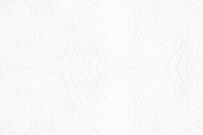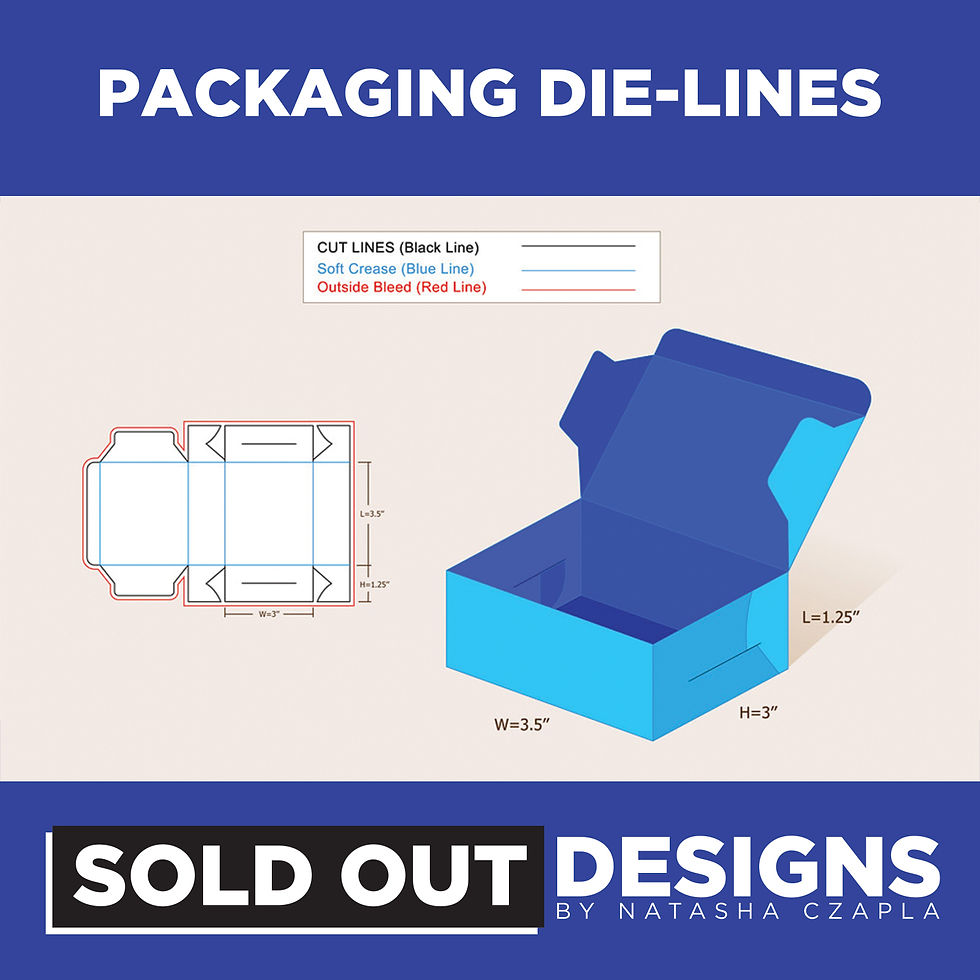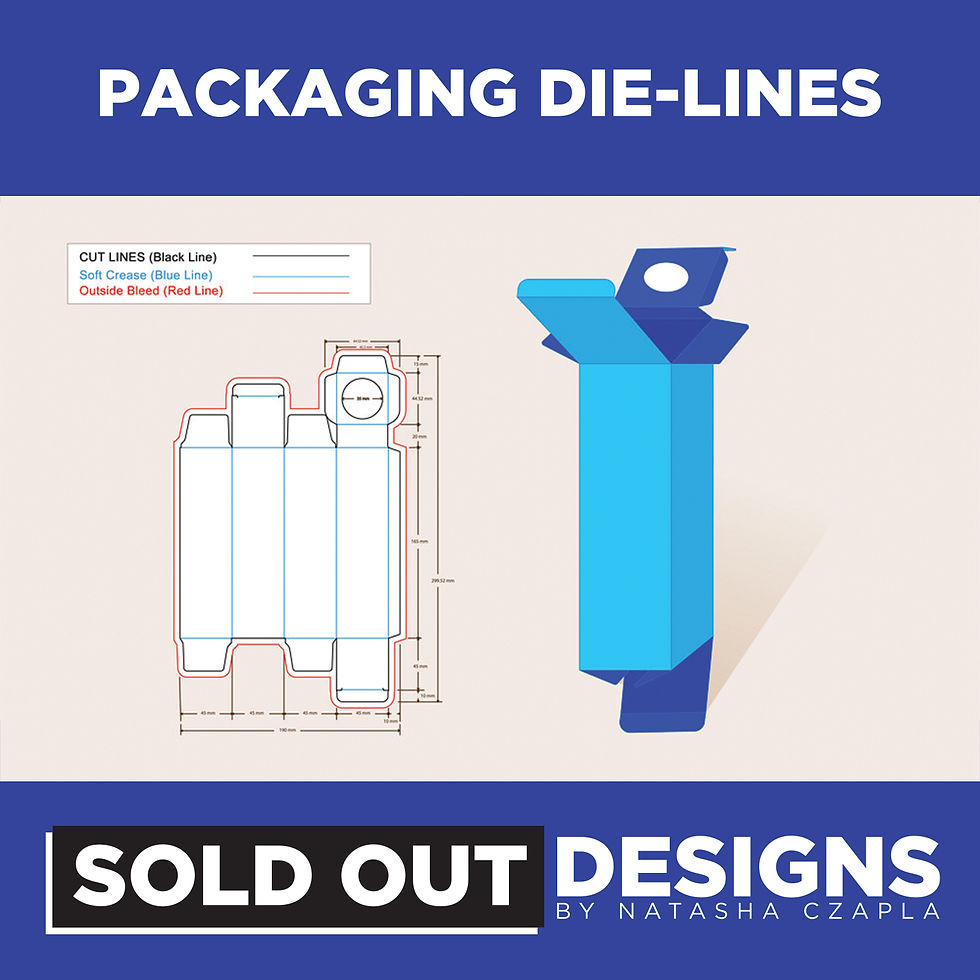

Packaging Design
The choice of packaging can significantly impact a product's success in the market. Designing captivating and effective product packaging is now a critical focus for businesses across all industries, including food, electronics, cosmetics, and more. This guide delves into the intricacies of designing a product package, covering every aspect from use cases and materials to creating stunning packshots and print-ready files.
Purpose of Packaging
Packaging serves multiple purposes:
-
Protects the product during transportation and storage.
-
Attracts consumer attention.
-
Conveys the product’s value and unique selling points.
-
Facilitates placement to ensure visibility and accessibility to consumers.
Consider Your Use Case
Different products require different packaging materials:
Food Products: May need moisture resistance and insulation.
Electronics: Often require protective materials like foam or bubble wrap.
Beverages: Options include cartons or bottles with shrink sleeves.
Packaging Options
Cartons: Durable, stackable, with a wide printable surface area.
Pouches: Often resealable, suitable for snacks.
Labels: Common for single-serving items like chocolate bars.
Understanding Dielines and Structural Design
Dielines provide guidelines for folding, cutting, and assembling packaging. Selecting the right material involves considering weight, durability, and sustainability. Ensure compatibility with filling machinery and address shipping and logistics for stackability, stability, and efficient storage.
Merchandising Requirements
Design packaging to meet merchandising and display needs, coordinating proportions and dimensions for optimal product presentation.
Branding & Design
Start with Your Target Audience
Tailor packaging design elements to resonate with your consumers' preferences, considering factors like age, gender, lifestyle, and cultural background.
Differentiate Your Product Packaging
Analyze the competitive landscape to identify differentiation points. Highlight unique selling points such as product features, sustainability, or brand story
through design elements.
Consider Display Details
Focus on the primary display panel to communicate brand, product name, key features, and other compelling information effectively.
Graphic Elements and Imagery
Evaluate necessary graphic elements, including barcodes, nutrition/drug facts tables, and certifications. Ensure compliance with regulatory standards and incorporate imagery that communicates benefits, evokes emotions, and aligns with design intent.
Incorporate Logos and Printing Methods
Use logos to establish brand identity. Understand printing methods and their limitations to ensure accurate colour reproduction. Consider specialty finishes like foils or embossing within budget constraints.
Labels, Barcodes, and Compliance
Ensure packaging complies with regulations, displaying necessary information like nutrition facts, ingredient lists, and allergen warnings clearly and legibly. Integrate barcodes and consider adding QR codes for more detailed information.
Choosing the Right Packaging Design Software
Select software that supports your packaging requirements, including structural design, 3D visualization, and artwork creation. Ensure compatibility with other design tools and consider the cost, including licensing fees, maintenance, and support. Evaluate available training resources and customer support.
Packaging Design Solutions
Mockups and 3D Design
Use 3D tools to visualize designs before production. Create realistic 3D mockups to assess aesthetics, functionality, and branding.
Review & Approve
Implement collaborative processes for gathering feedback and making design iterations. Ensure clear communication and documentation of the approval process.
Packshots
Produce photo-ready packshots using automated tools, reducing cycle time and enhancing marketing materials, product catalogues, and e-commerce listings.
Create Print-Ready Files
Ensure design elements are correctly set up for printing processes, including colour profiles, bleeds, and dielines. Use tools like DeskPack and ArtPro+ for colour management, trapping, and file preparation.
Conclusion
Designing effective and captivating product packaging requires careful consideration of multiple factors. By understanding dielines, materials, and prepress requirements, you can ensure your packaging design is well-prepared for production, meeting the standards for successful printing and assembly.
The goal is to work smarter, not harder.





The main difference between package printing and printing other standard cut-to-sheet products is that package printing requires a custom dieline. This dieline will be used in the print process to cut the box to the right shape and size, but you will also use it in your design, as it will determine where your design elements should be placed.
The placement of your design elements is crucial because, as a designer, you will work on a 2D box net and depending on how the box will fold, some of your design elements will have to be rotated 180 degrees. You will have to visualize how the panels fold and make sure the orientation of your graphics on every panel is correct once the box is assembled.














